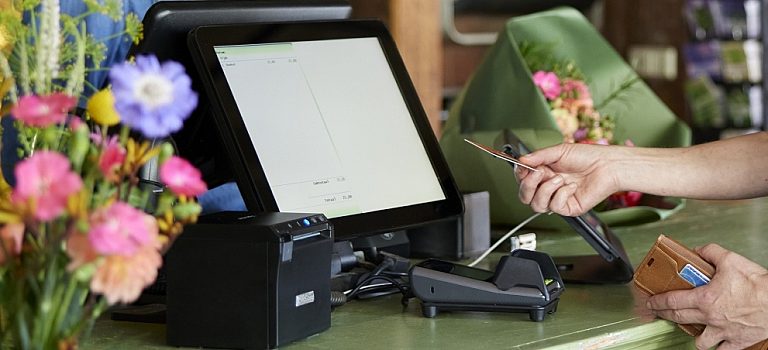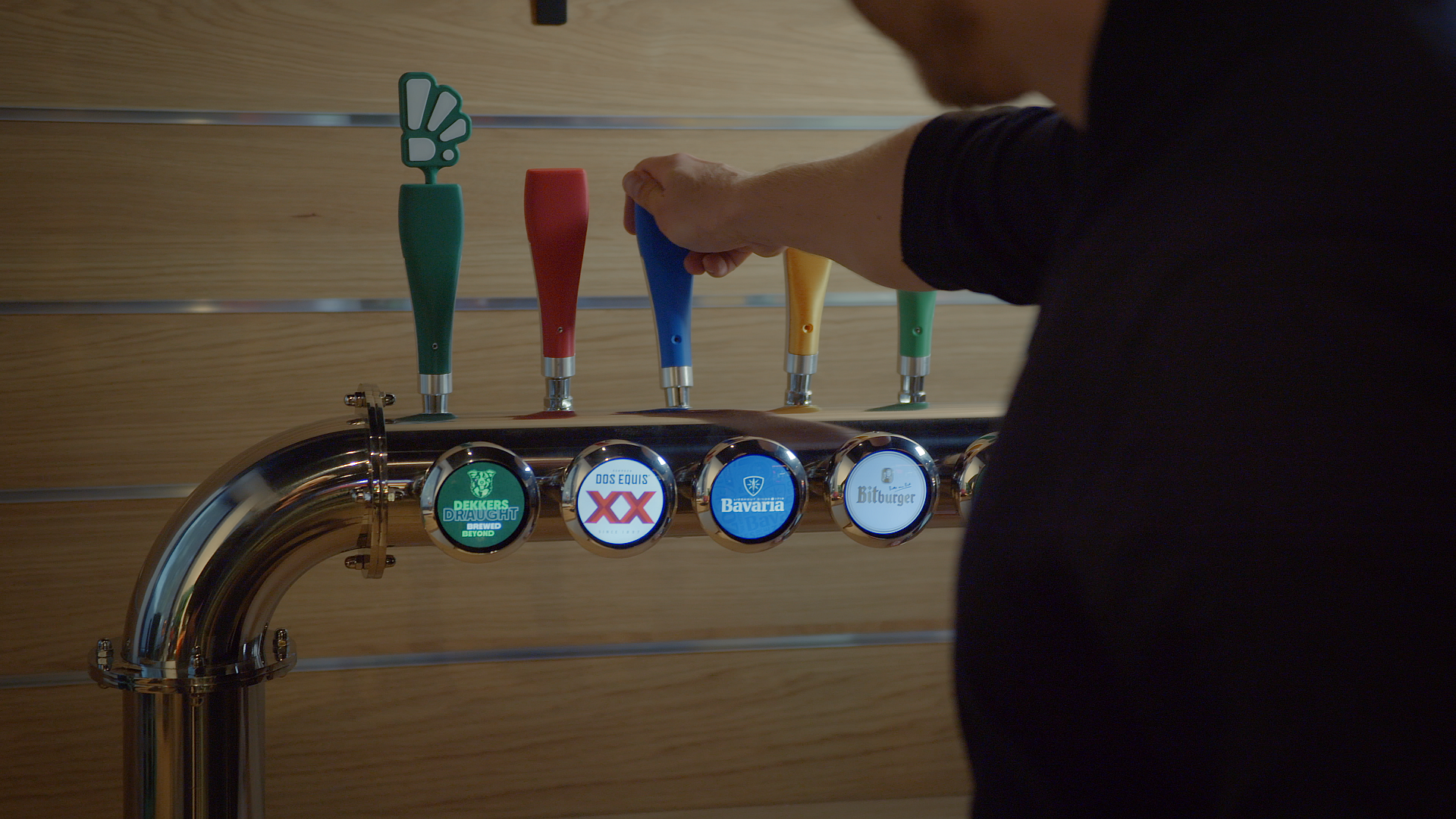Votre type de connectivité idéal
La 2G disparaît à travers le monde entier. Mais lorsqu’une porte se ferme, une autre s’ouvre, avec de nouvelles opportunités à la clé. Si la 2G est désormais obsolète, nos nouveaux réseaux sont plus stables, plus sûrs et moins énergivores. L’occasion pour votre entreprise de passer à la phase suivante. Encore faut-il que vous sachiez quel réseau vous convient le mieux. Cet article vous dit tout.
4G
Son nom officiel est « Long Term Evolution » (LTE), mais tout le monde l’appelle 4G. Avec cette 4e génération de communication mobile, vous pouvez envoyer de grands volumes de données depuis et vers vos appareils en toute sécurité et ultra-rapidement (jusqu’à 300 Mbps), où que vous soyez dans le monde et sans délai. Vous avez des données à transmettre depuis votre appareil IoT à Amsterdam, Melbourne ou Tirana ? L’envoi se fait en un clin d’œil.
Dans quels cas la 4G est-elle faite pour vous ?
- Si vous souhaitez une couverture mondiale. La 4G est disponible presque partout.
- Si vous avez besoin d’un internet rapide (jusqu'à 300 Mbps).
- Si une consommation d’énergie modérée ne vous pose pas de problème.
5G
Encore plus rapide et plus stable que la 4G. Vous envoyez de gros fichiers contenant des informations importantes ? Vous devez avoir la certitude que ces fichiers arriveront instantanément (notamment dans des situations de crise impliquant des premiers secours ou des caméras de sécurité) ? Vous travaillez dans les nouvelles technologies comme les drones et les robots connectés pour lesquels vous avez besoin de la connexion la plus rapide possible ? La 5G est faite pour vous.
Dans quels cas la 5G est-elle faite pour vous ?
- Si vous recherchez quelque chose pour le long terme. La 5G restera la dernière technologie en date pendant un certain temps.
- Si vous avez besoin de la connexion internet la plus rapide possible (jusqu'à 10 Gbps).
- Si une forte consommation d’énergie ne vous pose pas de problème.
LPWAN
La 4G et la 5G portent ce nom parce qu’elles sont les 4e et 5e générations de communication mobile. Mais il existe un autre type de réseau : LPWAN. Il désigne les « réseaux étendus à basse consommation » Ils comprennent les LoRA, le NB-IoT et le LTE-M. Ils ont tous une chose en commun : ils consomment peu d’énergie (Low Power). Ces réseaux vous conviendront si vous envoyez des petits volumes de données et si l’efficacité énergétique est importante à vos yeux.
LoRa
Vous travaillez avec des petits volumes de données ? Vous cherchez spécifiquement une solution à long terme aux Pays-Bas ? Le LoRa est parfait pour vous. Avec un réseau LoRa, vous transmettez des petits volumes d'informations entre les objets et les systèmes, comme des capteurs ou des traceurs. Vous pouvez également envoyer des données sur un seul module LoRa pendant plus de dix ans. Une solution à long terme, comme nous l’avons dit plus tôt.
Dans quels cas la LoRa est-elle faite pour vous ?
- Si vous souhaitez consommer très peu d’énergie.
- Si vous avez uniquement besoin d'une couverture aux Pays-Bas.
- Si une connexion internet allant jusqu’à 50 Kbps est suffisante.
- Si vous cherchez une solution à long terme.
NB-IoT
Nous ne proposons pas ce type de réseau, mais il vaut quand même la peine d’être mentionné. Le NB-IoT peut être intéressant si vous êtes intéressé par un réseau LoRa à l’échelle internationale. La couverture est meilleure en Asie, où il existe un grand nombre de réseaux NB-IoT. Par rapport au LoRa, le NB-IoT convient par contre moins bien aux objets mobiles comme les conteneurs et les poids lourds.
Dans quels cas la NB-IoT est-elle faite pour vous ?
- Si vous souhaitez consommer peu d’énergie.
- Si vous avez besoin d’une couverture dans d’autres pays, notamment en Asie.
- Si une connexion internet allant jusqu’à 250 Kbps est suffisante.
- Si vous n’utilisez pas d’objets mobiles.
LTE-M
Vous recherchez un réseau qui peut transmettre des données aux Pays-Bas et à l’échelle internationale ? Vous opérez principalement en Europe et en Amérique du Nord ? Le réseau LTE-M est votre solution idéale. Le LTE-M fonctionne bien dans les endroits où la couverture est faible, comme les parkings souterrains ou les salles techniques.
Dans quels cas la LTE- M est-elle faite pour vous ?
- Si vous avez des machines qui doivent communiquer entre elles dans des endroits à faible couverture.
- Si vous opérez principalement aux Pays-Bas, en Europe et en Amérique du Nord.
- Si une connexion internet allant jusqu’à 1 Mbps est suffisante.
- Si vous souhaitez consommer peu d’énergie (moins que la 4G mais plus que le LoraWAN et le NB-IoT).
Choisissez votre réseau idéal
La 5G est impressionnante. Mais si vous envoyez principalement des petits volumes de données, elle ne vous sera pas très utile. Le réseau LoRa est bon mais quasi inutile si vous opérez en dehors des Pays-Bas. Il n'est donc pas important de savoir quel réseau est le meilleur. Le plus important est de disposer d'un réseau adapté à vos besoins. Veillez donc à bien les identifier. Vous pourrez alors passer à l'étape suivante en optant pour le meilleur réseau.
Vous avez d’autres questions ? Nous le comprenons car le sujet est loin d’être simple. N’hésitez pas à nous envoyer un message. Nous pourrons ainsi examiner la situation ensemble.ogether.




